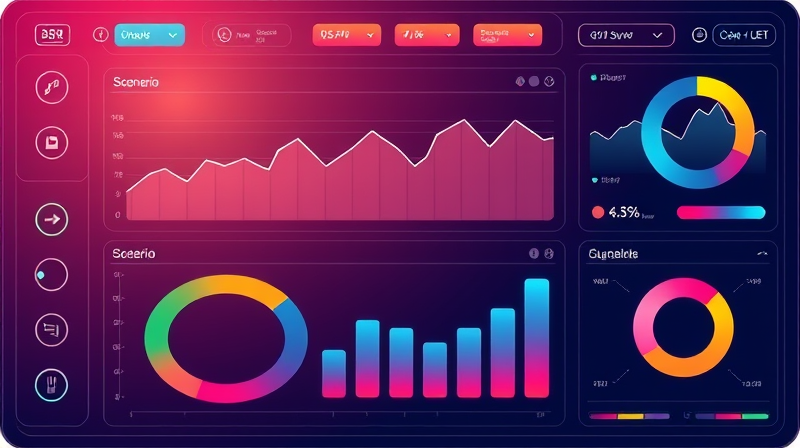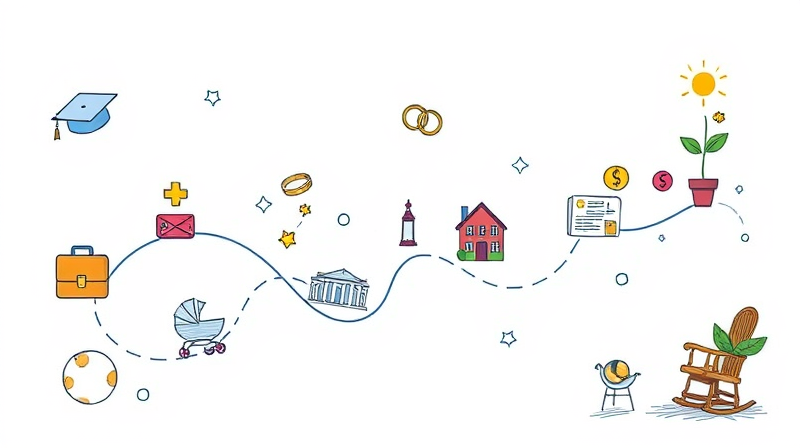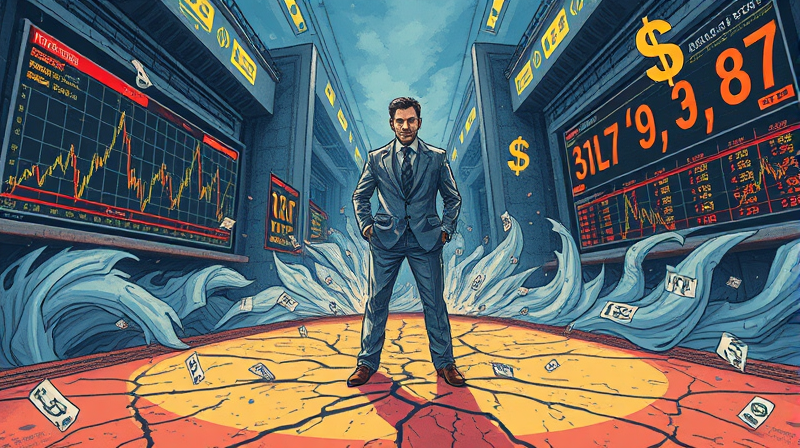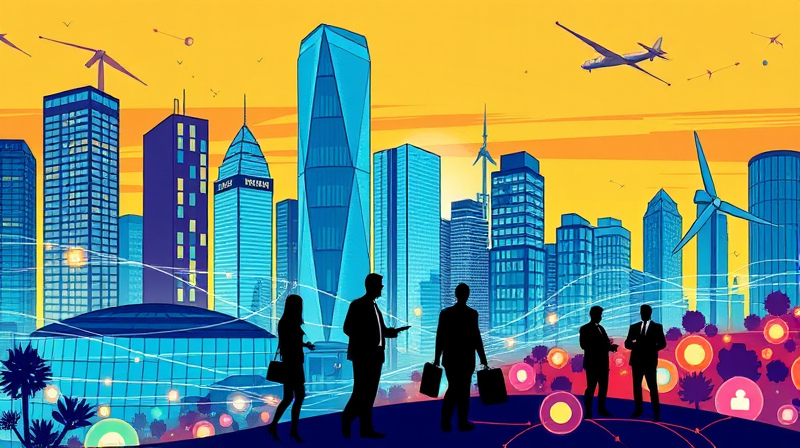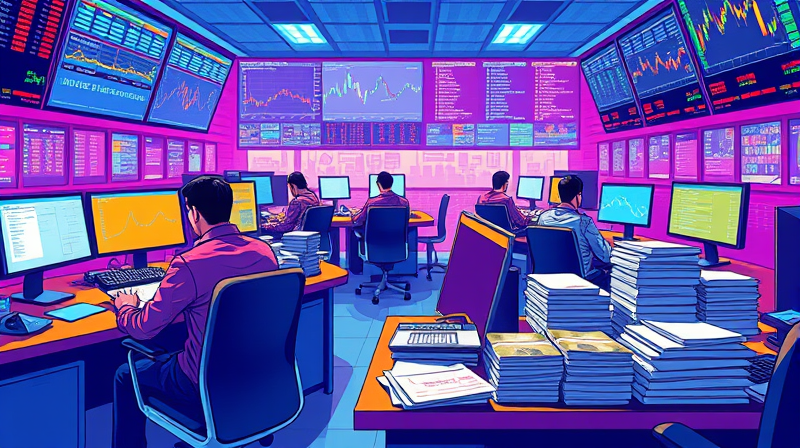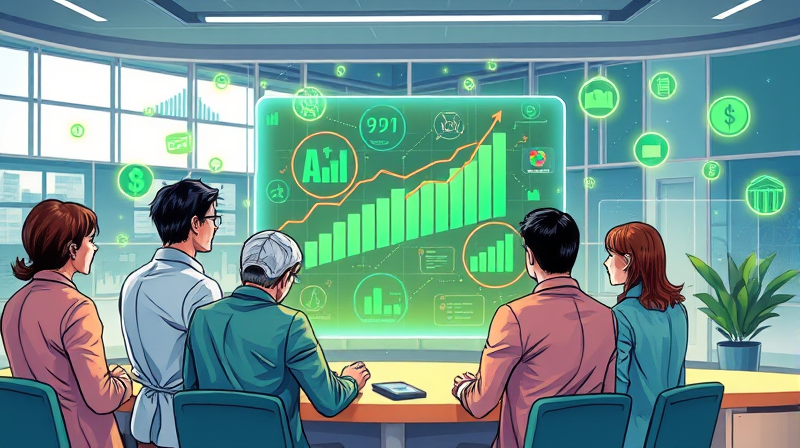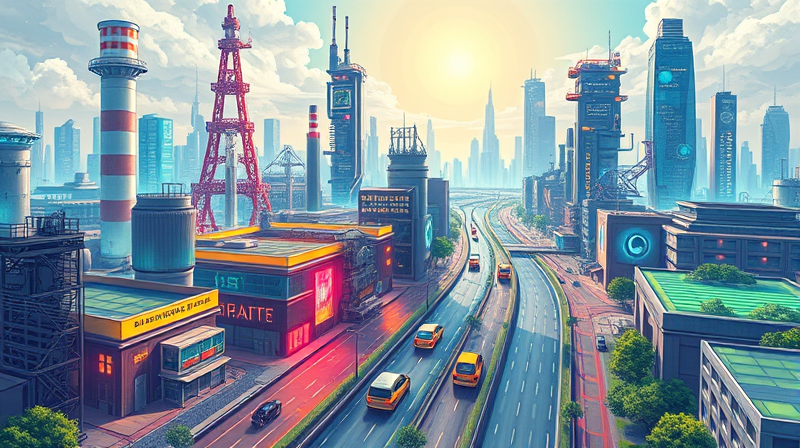
As we stand on the brink of a new era, the global market is poised for dramatic transformation driven by unprecedented advances in artificial intelligence, automation, and sustainable technologies. Businesses, workers, and innovators must recognize the shifting landscape now to thrive in the years ahead. This article illuminates the core trends, offers practical guidance for resilience, and inspires readers to seize the opportunities presented by a world reshaped by relentless technological progress.
Across industries, from manufacturing floors to financial trading desks, the imperative to adapt has never been stronger. Businesses are challenged not only to integrate sophisticated tools but also to cultivate a culture of continuous learning and experimentation. Innovators must collaborate across disciplines and borders to unlock novel applications of AI, robotics, and clean technologies. By understanding emerging data, anticipating disruptions, and proactively honing new skills, organizations and individuals can navigate the complexity of tomorrow’s marketplace with confidence and purpose.
Between now and 2035, AI will deeply permeate every industry and become integral to daily life. Companies are investing billions to embed intelligent systems into core operations, unlocking efficiencies that were unimaginable a decade ago. Current projections estimate a rapid expansion of AI and automation, driving $15.7 trillion in economic value by 2030. While this explosive growth will streamline processes and accelerate innovation, it will also reshape labor markets on a global scale.
Analysts predict that approximately 85 million jobs may be displaced by intelligent machines by 2025, but the emergence of 97 million new roles offers a projected net gain of 12 million jobs. These shifts underscore the critical importance of agility and lifelong learning for every professional.
Ongoing constant shifts in employment and skills will define the decade, making rapid retraining, flexible career planning, and strong collaboration between educational institutions and businesses essential for sustained prosperity.
Beyond productivity gains, AI-driven research is accelerating discovery in fields ranging from drug development to materials science. Experimental platforms powered by generative models are shortening innovation cycles and unlocking possibilities for personalized medicine, custom materials, and novel energy solutions, all while raising urgent questions about ethics, governance, and long-term societal impact.
At the intersection of physical and digital realms, technologies like digital twins, predictive maintenance, and the industrial internet of things are catalyzing unprecedented efficiencies. Cross-sector collaboration will spawn new business models that combine manufacturing, logistics, and service delivery into cohesive ecosystems, enabling rapid iteration and real-time responsiveness to market demand.
No industry will remain untouched by transformation. Key sectors must evolve to harness the full power of emerging technologies while mitigating risks:
Organizations that blend deep domain expertise with cutting-edge digital capabilities will lead this new wave of sectoral innovation. Early adopters can secure competitive advantage by building strategic partnerships and investing in targeted pilot projects.
The march of automation will reshape the labor force, with global participation rates projected to decline from 70% in the 1990s to as low as 41% by 2050 in advanced markets. Emerging economies may fare better, fueled by infrastructure investment and rising incomes. However, the risk of worsening wealth inequality and social unrest is significant if the gains of productivity are not shared broadly.
To foster inclusive growth, stakeholders must prioritize education reform, social safety nets, and public-private collaboration. Governments and corporations can implement policies that de-risk career transitions and ensure equitable access to opportunity.
By embedding proactive reskilling and talent management into core business strategies, communities can build resilience against rapid technological upheaval.
Demographic shifts, including aging populations in many advanced economies and the rise of remote and gig work, will further complicate labor dynamics. Policymakers must balance automation incentives with comprehensive social policies to support displaced workers, while businesses should explore flexible work arrangements, global talent pools, and inclusive employment practices to maintain a robust workforce.
As innovation accelerates, traditional asset markets are experiencing new pressures. Housing prices in key markets are expected to rise modestly—US median home values may increase to around $410,700 by 2025—while volatile interest rates and credit access influence buyer behavior and investment flows. Higher mortgage rates, projected near 6.7% by the end of 2025, will cool demand and create opportunities for renters and investors who can navigate shifting conditions.
Investors and policymakers must monitor these dynamics closely, balancing exposure to technology-driven growth with prudent risk management and diversification strategies.
The decade ahead promises breakthroughs across a spectrum of cutting-edge technologies. Rapid advances in rise of sustainable battery and storage solutions will accelerate renewable energy adoption. Autonomous vehicles and integrated mobility services will reduce emissions and transform urban planning. Meanwhile, the commercialization of quantum computing and sensors will unlock new frontiers in data security, materials science, and drug discovery.
Additional game-changing developments will include the maturation of the hydrogen economy, proliferation of 6G connectivity, and growth of next-generation semiconductors optimized for AI workloads. Markets for advanced materials—such as nanocarbons and circular polymers—and decarbonization technologies like CCUS will flourish under mounting regulatory and corporate sustainability pressures.
To thrive in this rapidly changing environment, proactive planning and agile execution are essential:
By combining foresight with decisive action, leaders can turn potential disruption into a catalyst for growth and societal benefit.
Effective leadership in this environment demands curiosity, resilience, and empathy. Cultivating a growth mindset, encouraging cross-disciplinary teams, and celebrating small wins can foster an organizational culture that embraces change rather than resists it.
Guarding against potential pitfalls of rapid automation and AI adoption requires strong governance, transparent decision-making, and stakeholder engagement. Organizations should establish ethical frameworks that guide AI development, ensuring that algorithms are free from bias and aligned with human values. Embedding principles such as fairness, accountability, and transparency into every project fosters trust among employees, customers, and regulators.
Moreover, building diverse teams—from engineers and designers to ethicists and community advocates—encourages creative problem-solving and helps anticipate unintended consequences. By championing equity and inclusivity, leaders can drive sustainable innovation that benefits society as a whole, minimizing the risk of exacerbated inequalities or social friction.
As market evolution accelerates, the difference between success and obsolescence will hinge on the ability to anticipate trends, cultivate versatile talent, and champion responsible innovation. By embracing this vision of the future, businesses, governments, and individuals can co-create a prosperous, inclusive, and resilient global economy for the decade ahead and beyond.
References

